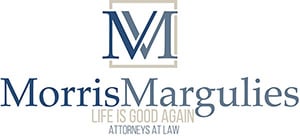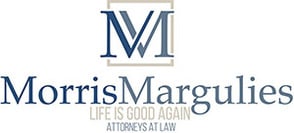
Last year, the United States Trustee’s Office in New York uncovered a scam that cost Chapter 13 debtors approximately $179 million in excessive fees from their mortgage lenders. It involves “double dipping” of escrow payments. Double dipping is when the mortgage lender charges the Chapter 13 debtor twice for the same escrow arrears.
Counsel for debtors or debtors themselves should carefully review of the claims filed by mortgage lenders or services in Chapter 13 cases to see if they are being charged twice for the same escrow arrears. Mortgage lenders must file an itemization of the arrears in their claim. The itemization will indicate the number of months in arrears, any accumulated late charges, attorneys’ fees incurred by the lender, escrow shortage, etc. The only time an escrow shortage should appear as a separate line item is if the mortgage arrears only include principal and interest. If the mortgage arrears include a portion for escrow there should be no itemization for escrow shortage. For example, if your mortgage consists of $1,500 in principal and interest and the escrow for property taxes and insurance is $500, if the lender claims that the debtor was four months behind in his payments pre-petition and uses the figure of $2,000 per month for a total of $8,000, then there should not be a separate itemization for escrow shortage of $2,000 as the escrow shortage was already calculated in the monthly itemization. Unfortunately, mortgage lenders and servicers have not been that careful in preparing the claims and some are collecting double the amount actually owed by the debtor for escrow shortage.
There are even cases where the lenders are actually collecting triple the escrow arrears. This happens when the lender or servicer adjusts the debtor’s regular mortgage payments to cover the pre-petition escrow arrears as part of the debtor’s post-petition payments. In this case, the debtor and the Chapter 13 Trustee are both paying the lender for the same escrow arrears.

